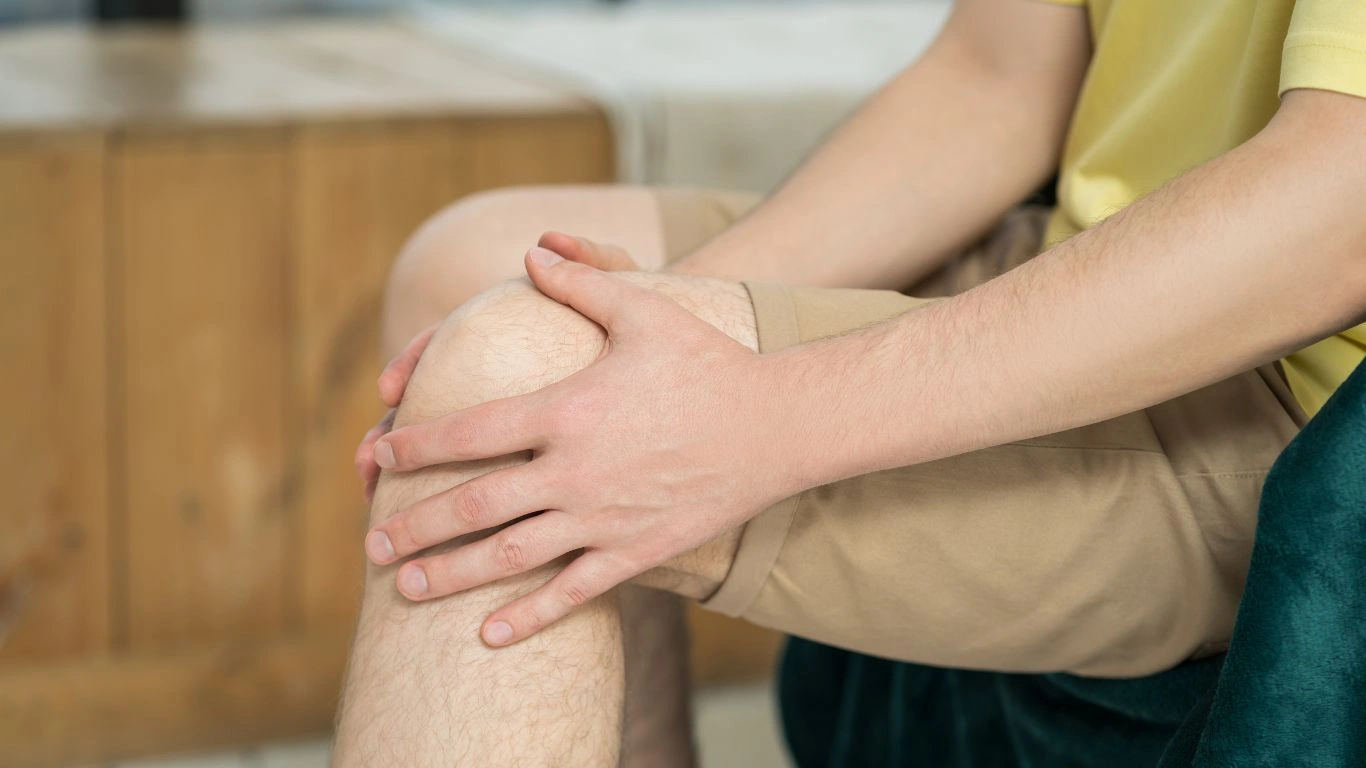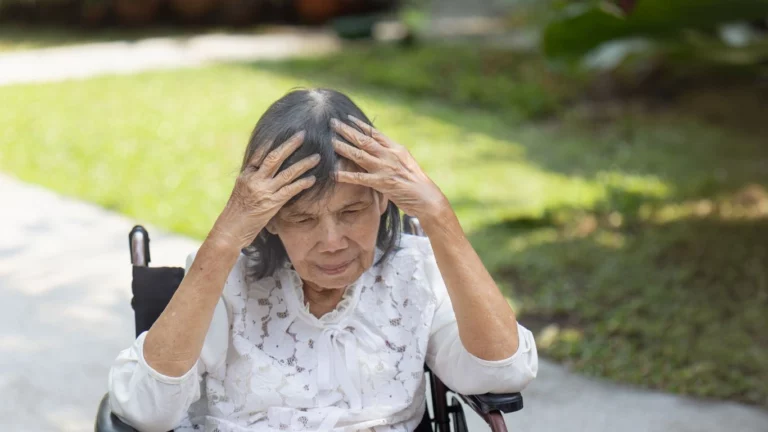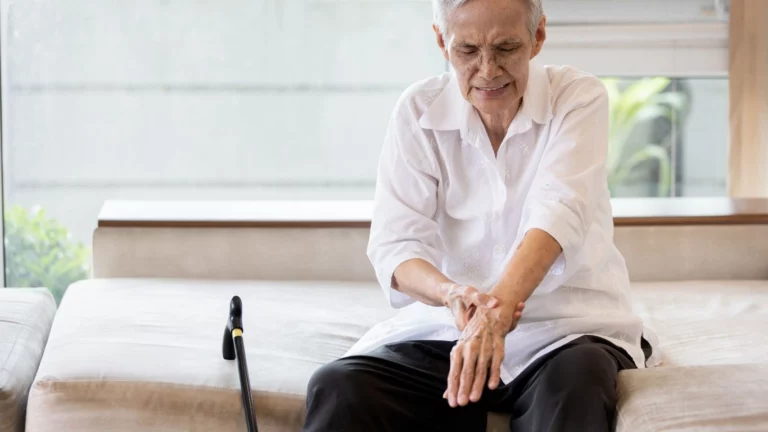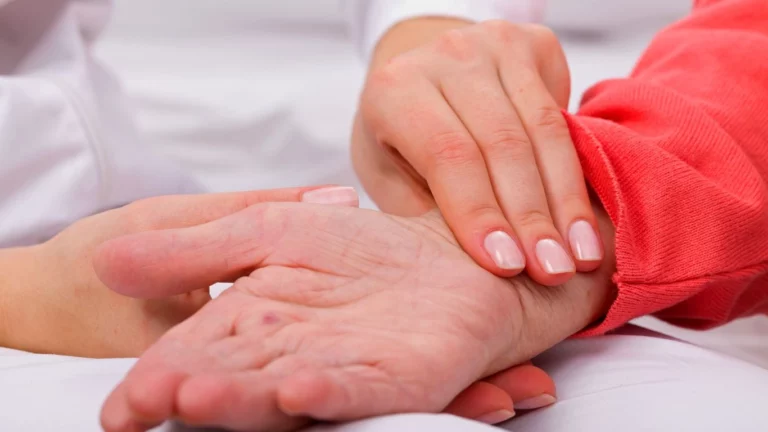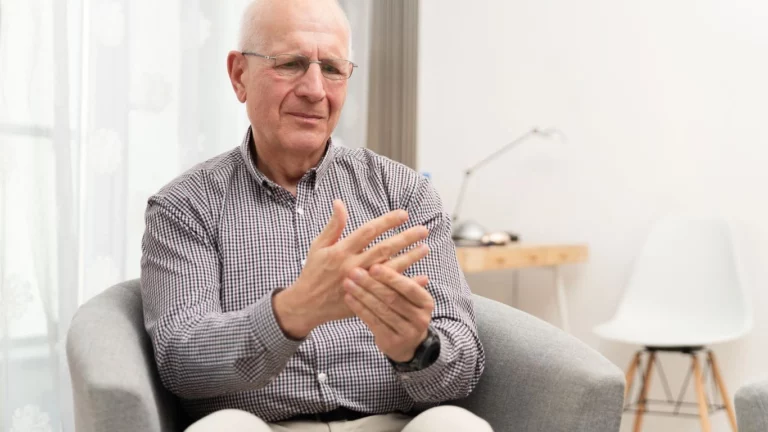How Rheumatoid Arthritis Affects the Feet: Painful Truths & Relief
If you’re living with rheumatoid arthritis—or caring for someone who is—you’ve probably noticed that the *feet* often get the short end of the stick when it comes to attention. But trust me, as someone who’s spent years as a Rheumatology Nurse Practitioner, I’ve seen firsthand just how rheumatoid arthritis affects the feet. It’s not just a side effect. In many cases, foot involvement is one of the first signs patients notice, even before they get diagnosed. And wow, can it throw off everything from walking to wearing shoes comfortably.
Why Your Feet Are Often the First to Feel It
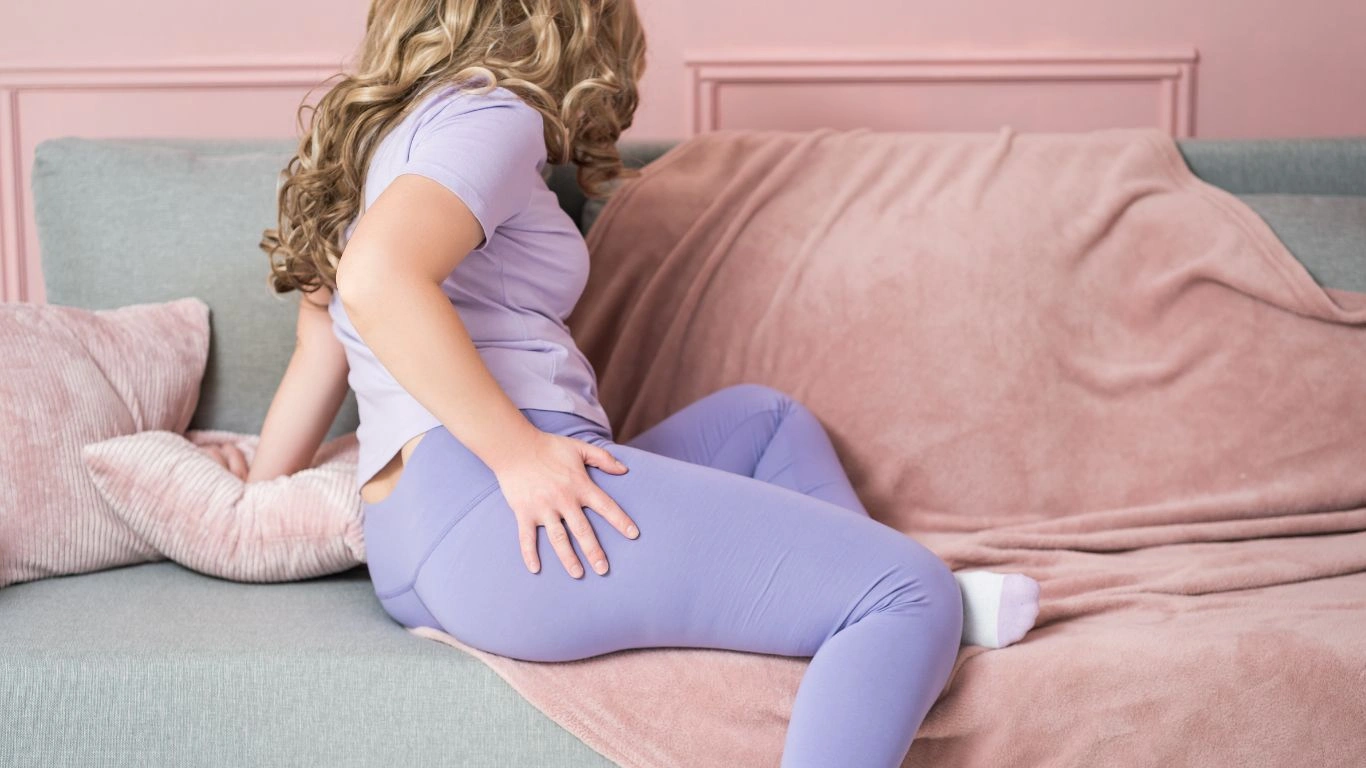
Let’s start with a little anatomy refresh. Each of your feet is made up of 26 bones, 33 joints, and over 100 muscles, tendons, and ligaments. That’s a LOT of moving parts, literally. And when your immune system goes haywire—like it does with RA—it targets the lining of your joints, causing inflammation. Unfortunately, the joints in your feet are prime real estate for RA’s mischief.
I’ve had so many patients come in and say, “Tarra, I wake up and my feet feel like I’ve been walking on rocks all night.” That morning stiffness, that dull ache that settles in and just won’t budge—it’s real. And it’s often in the smaller joints: toes, midfoot, and sometimes even the ankles. In fact, some patients notice trouble in their feet before their hands, despite hands getting all the headline attention with RA.
The Midfoot Mayhem
The midfoot (the arch area) is one of the most common trouble zones. RA tends to flatten the arch over time, leading to fallen arches and even deformities. I remember one woman who told me she used to love dancing but gave it up because her feet simply couldn’t handle the pressure anymore. The inflammation had caused the bones in her midfoot to shift, and her arch was nearly nonexistent. Her balance was off, and her confidence followed suit.
- Persistent pain under the arch
- Difficulty standing for long periods
- Changes in shoe size or shape
Those are all signs your midfoot might be under attack. And unfortunately, most people chalk it up to “just getting older” until it becomes hard to ignore.
Toes: The Unexpected Victims
The toes—especially the lesser ones (2nd to 5th)—are often overlooked in early RA discussions. But trust me, they can be just as miserable as any big joint issue. Common deformities like hammer toes and claw toes are more than cosmetic. They change how your foot moves, and that affects everything from balance to stride.
And then there’s the bunion-like appearance at the base of the big toe. It’s not always a true bunion—it’s actually joint damage from inflammation. I had one patient, a young mom in her 30s, who thought she just had “bad shoes” or maybe was on her feet too much. Nope. Imaging showed RA had already started eating away at the joint space.
The Hidden Struggles of RA in the Ankles
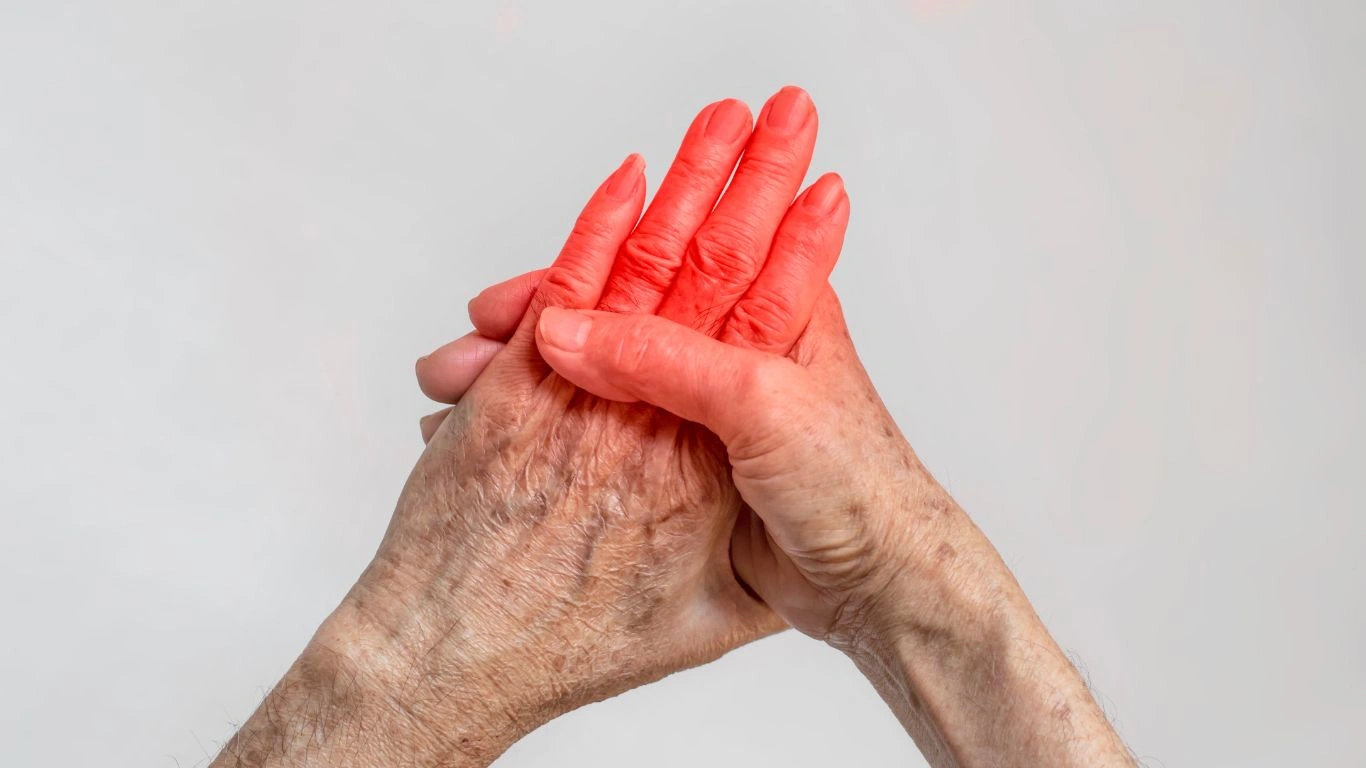
Now let’s talk ankles. These poor joints do double duty—they support your weight and allow movement. In RA, they’re often inflamed and stiff, especially during flares. And when your ankles don’t move well, your gait gets funky. Over time, that changes how you walk, which can lead to problems in your knees, hips, and even your back. It’s a whole-body domino effect.
- Swelling: Often worse in the morning or after rest
- Reduced range of motion: Making stairs and inclines a challenge
- Instability: Increased risk of tripping or rolling the ankle
One of my long-term patients once told me, “It’s like walking on stiff stilts.” That description stuck with me—because it was spot-on.
RA Foot Damage You Can’t See… But You Can Definitely Feel
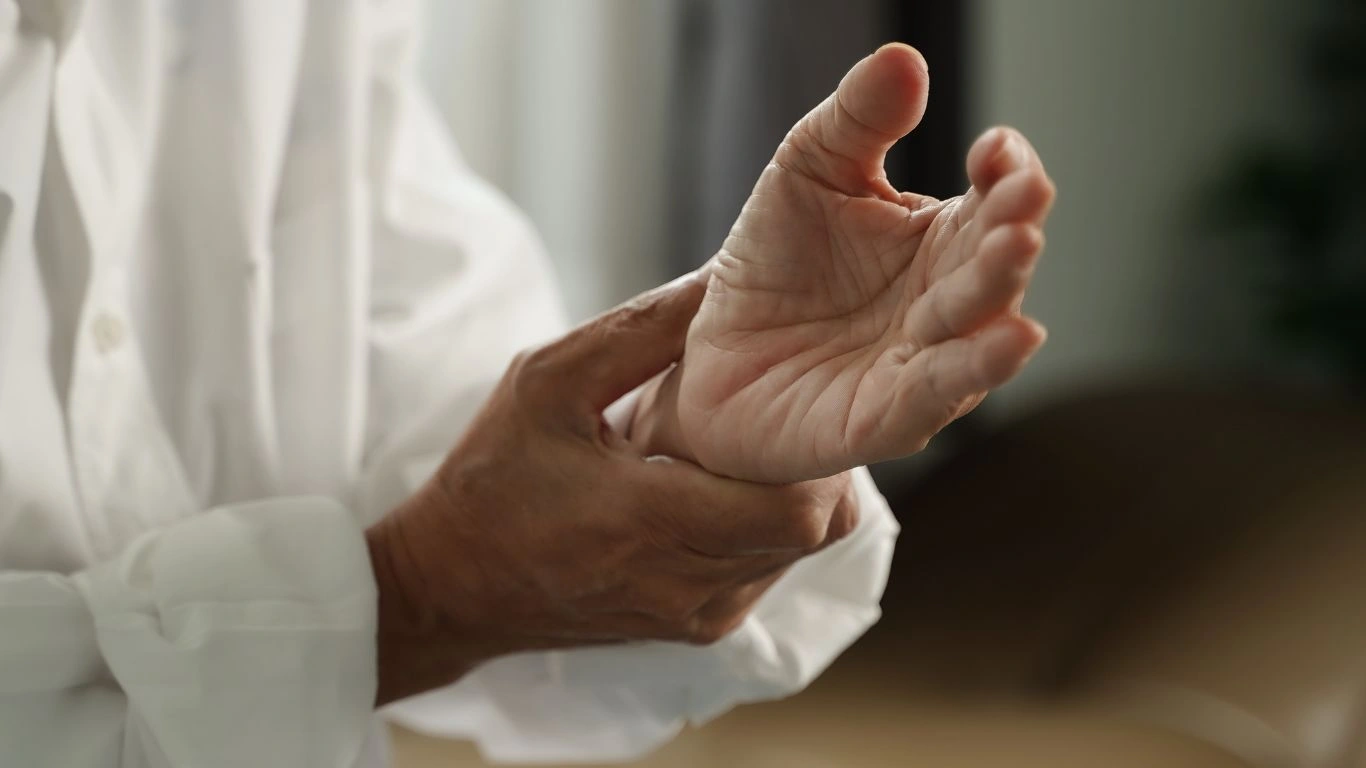
Here’s the thing: not all damage is visible right away. Some of the most painful aspects of RA in the feet are under the surface. Synovitis (inflammation of the joint lining), bursitis (inflammation of fluid-filled sacs), and even nerve entrapment can all happen silently before any swelling shows up.
I’ve had people walk in saying, “I’m not seeing anything weird, but it feels like my feet are burning or being squeezed.” In those cases, we’ll often find inflammation near the nerves or around the joints via ultrasound or MRI. It’s like trying to solve a puzzle with invisible pieces.
Signs You Shouldn’t Ignore
If you’re dealing with rheumatoid arthritis—or think you might be—here are a few foot-specific signs that shouldn’t be brushed off:
- Persistent pain or stiffness in the feet, especially in the morning
- Visible deformities or changes in toe shape
- Changes in gait or difficulty walking normally
- Shoes no longer fitting the same
- Numbness, tingling, or burning sensations
As a Rheumatology NP, I always tell patients: your feet are talking to you. The question is, are you listening?
How Rheumatoid Arthritis Affects the Feet Over Time
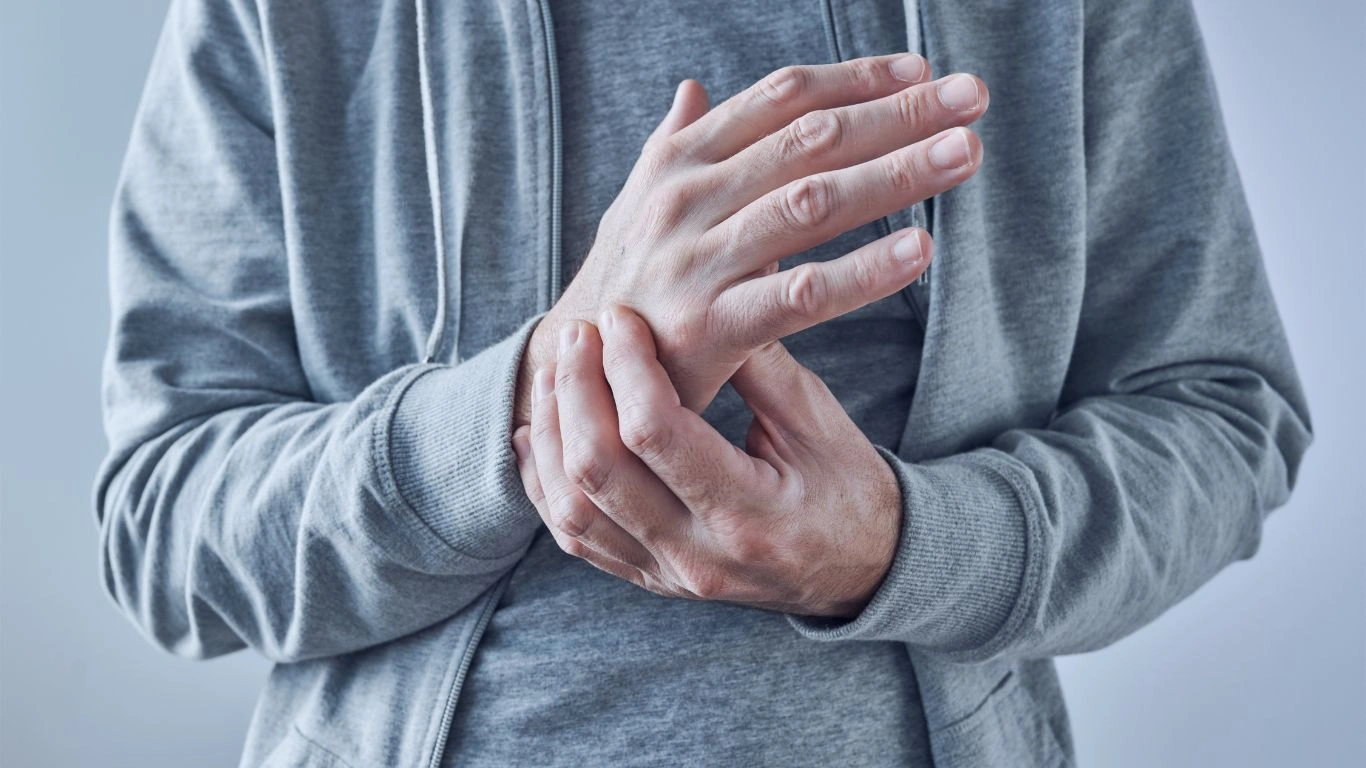
One thing I’ve learned from working closely with patients over the years is that rheumatoid arthritis doesn’t just hit once and leave. It evolves, and so does the way it affects the feet. Early signs like stiffness or soreness may feel manageable at first, but over time, chronic inflammation can lead to serious, even permanent, structural changes.
I’ve seen patients who, within a few years of diagnosis, go from simply avoiding high heels to needing custom orthotics or mobility aids. The joints in the forefoot and midfoot can slowly drift out of alignment. Ligaments loosen. Bones shift. And the more this happens, the harder it becomes to stay mobile and independent. Not to sound dramatic, but the feet really are foundational—literally and figuratively—to quality of life.
Common Foot Deformities Caused by RA
As RA progresses, deformities can sneak up, especially if inflammation isn’t under control. Some of the most common ones I see in clinic include:
- Hammertoes: Tendons shorten from chronic inflammation, causing toes to bend downward
- Bunion-like changes: The big toe angles inward, pressing against the other toes
- Flatfoot: Collapse of the arch, often with pain on the inside of the ankle and midfoot
- Claw toes: Toes bend into a claw shape, leading to pressure sores and painful corns
One of my patients—a retired teacher—once told me she felt like her toes were “twisting in ways God never intended.” It stuck with me because it was such a vivid, honest description. We ended up working with a podiatrist to fit her for custom shoes, and it made a world of difference. She even went back to teaching part-time.
The Emotional Side of Foot Pain in RA
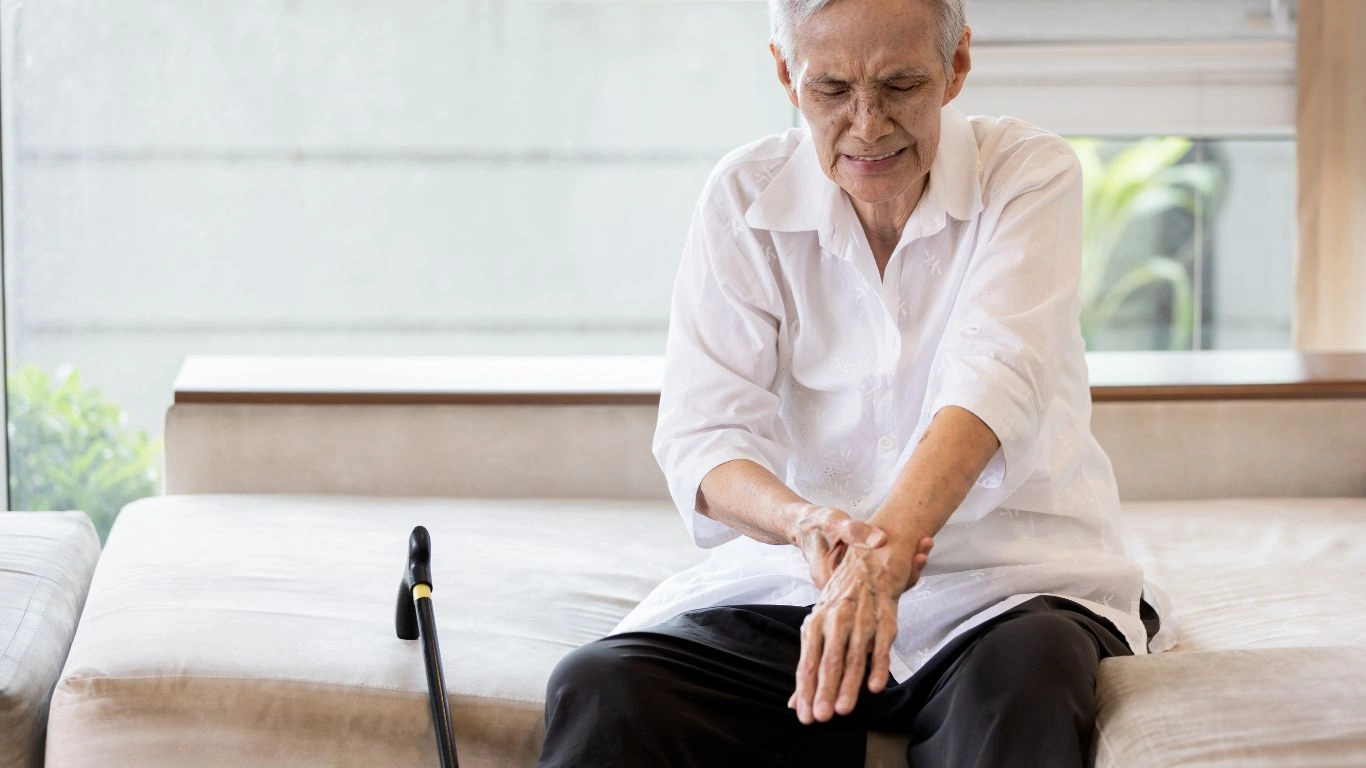
This is the part no one really talks about, but honestly, it comes up all the time in my office. Chronic foot pain doesn’t just hurt physically—it wears people down emotionally. When you can’t walk your dog, or keep up with your kids at the park, or even get out of bed without wincing… it chips away at your independence and self-esteem.
One woman in her 40s once said to me, “I feel like I’m walking on glass, and no one gets it because they can’t see it.” That invisible pain can make people feel isolated. And because foot issues don’t always show up on the outside right away, family or coworkers might not understand how bad it really is.
As a practitioner, I always try to acknowledge that. I tell my patients: you’re not being dramatic. Your pain is valid, even if it’s not visible. Sometimes, just hearing that helps someone feel a bit less alone in what they’re going through.
How Mental Health and Mobility Go Hand in Hand
Reduced mobility doesn’t just affect your physical health—it affects your mood, your relationships, and even your career. A surprising number of my RA patients have shared that they pulled back from social activities because of foot pain. It’s hard to enjoy dinner out with friends when you’re silently counting down the minutes until you can take off your shoes.
- Feeling embarrassed about foot deformities
- Canceling plans due to unpredictable flares
- Struggling with fatigue from pain-related sleep issues
I’ve seen people go from outgoing and active to withdrawn because their feet couldn’t keep up with their lifestyle. It’s heartbreaking. That’s why managing RA is never just about meds—it’s about treating the whole person.
Footwear Struggles: The Real-Life Daily Battle

Okay, let’s talk shoes for a sec. If you’ve got RA in your feet, you know exactly how brutal shoe shopping can be. Finding something that’s comfortable, supportive, and still looks halfway decent? It’s like hunting for a unicorn. I always joke with my patients that there should be a whole shoe aisle just for us—with wide toe boxes, no seams, shock absorption, and adjustable straps.
In clinic, I usually give my top picks for RA-friendly brands—shoes with cushioned soles, removable insoles (for orthotics), and good heel support. But sometimes we still have to think outside the box. One woman brought in a pair of men’s sneakers because they fit better than any women’s shoes she’d found. Another swore by stretch-knit uppers that could adapt to swelling during flares.
What to Look for in RA-Friendly Shoes
- Wide toe box: Gives your toes room without pressure
- Arch support: Helps with flatfoot and midfoot pain
- Adjustability: Laces, Velcro, or straps for changing swelling
- Shock-absorbing soles: Reduces impact on tender joints
- Low heel: Avoids strain on the forefoot and ankle
Trust me, the right footwear makes a huge difference. I’ve had patients walk into an appointment in tears because of pain, and walk out smiling just because they finally found a shoe that didn’t feel like a torture device.
Why You Shouldn’t Wait to Speak Up
If you’re dealing with foot pain and living with RA, the biggest mistake you can make is brushing it off or waiting until it’s “bad enough.” I always tell patients: the earlier we catch changes in the foot, the more we can do to prevent long-term damage. Whether it’s a referral to a podiatrist, imaging to assess the joints, or even just tweaking your treatment plan—we’ve got tools to help. But you’ve got to speak up.
And hey, I get it. Life is busy. Appointments take time. But your feet carry you through everything. Work, family, fun, even rest. They deserve some love, too. And if you ever feel like no one’s listening? Just know, I am. Because I’ve seen the difference it makes when we take foot pain seriously—and believe me, it’s life-changing.
Taking Control: Managing How Rheumatoid Arthritis Affects the Feet
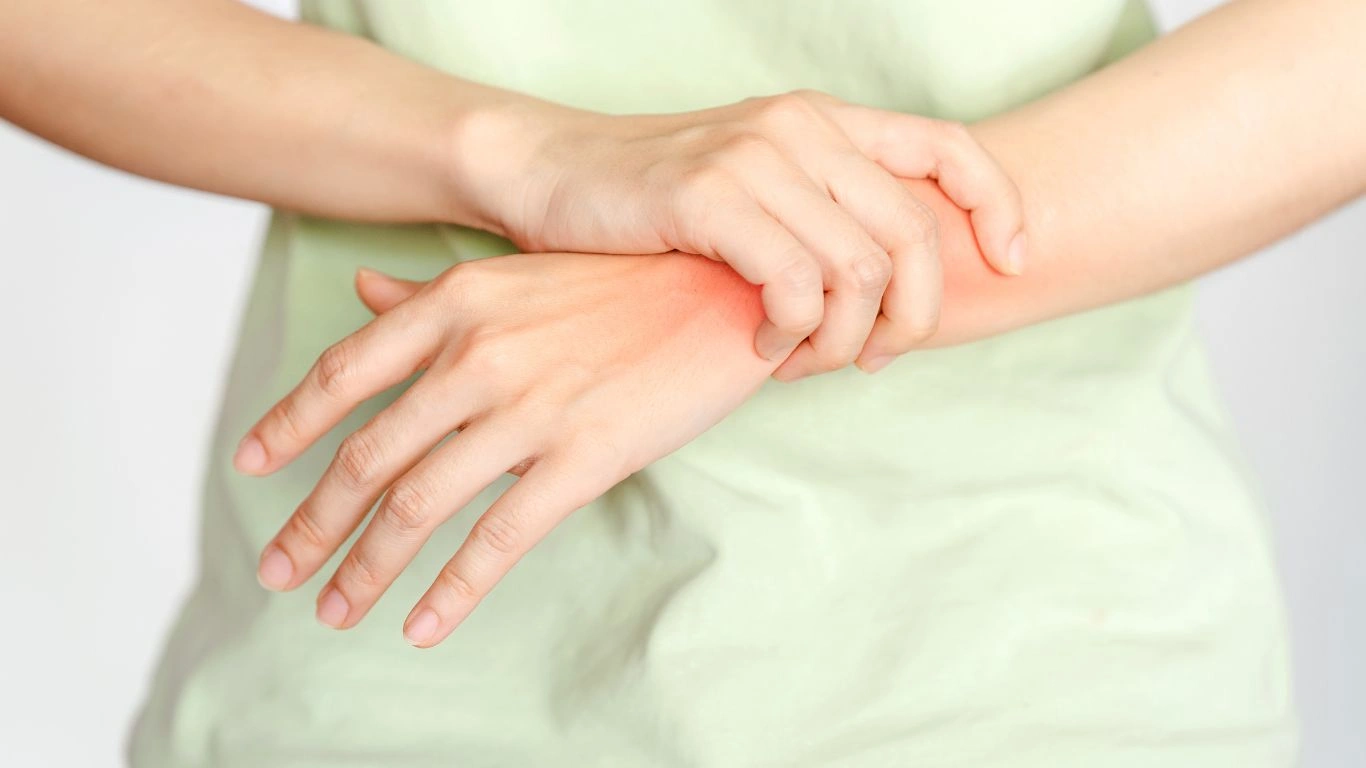
By the time folks land in my exam room, they’re often frustrated. They’ve tried the creams, the insoles, the ice packs. Some have been told, “It’s just arthritis,” and sent on their way without much help. But here’s the truth—you don’t have to accept daily foot pain as your new normal. There are real ways to manage how rheumatoid arthritis affects the feet and slow the damage it can cause.
Managing RA in the feet isn’t just about treating symptoms—it’s about protecting function, preserving mobility, and supporting quality of life. And yeah, that takes a team. Rheumatologists, nurse practitioners (hey, that’s me!), podiatrists, physical therapists—we all play a role.
Medical Treatment: Start With Inflammation Control
The number one priority? Getting inflammation under control. Without that, all the supportive footwear in the world won’t stop joint damage. I always review medication adherence with patients first, especially disease-modifying antirheumatic drugs (DMARDs) or biologics. When the immune system is running wild, it’s these meds that help calm the storm.
Some patients worry about side effects or are hesitant to stick with treatment if they’re not “feeling better” right away. Totally understandable. But I always remind them that these meds work silently in the background, often preventing future damage before you even feel it.
- DMARDs: Like methotrexate or leflunomide, slow disease progression
- Biologics: Target specific parts of the immune system causing inflammation
- Steroid injections: For flares or severe localized foot pain
One of my patients once told me, “I didn’t realize how much better my feet could feel until we adjusted my meds.” That’s why staying on top of treatment really does matter—it’s not just about your labs, it’s about your everyday life.
Supportive Therapies That Actually Help
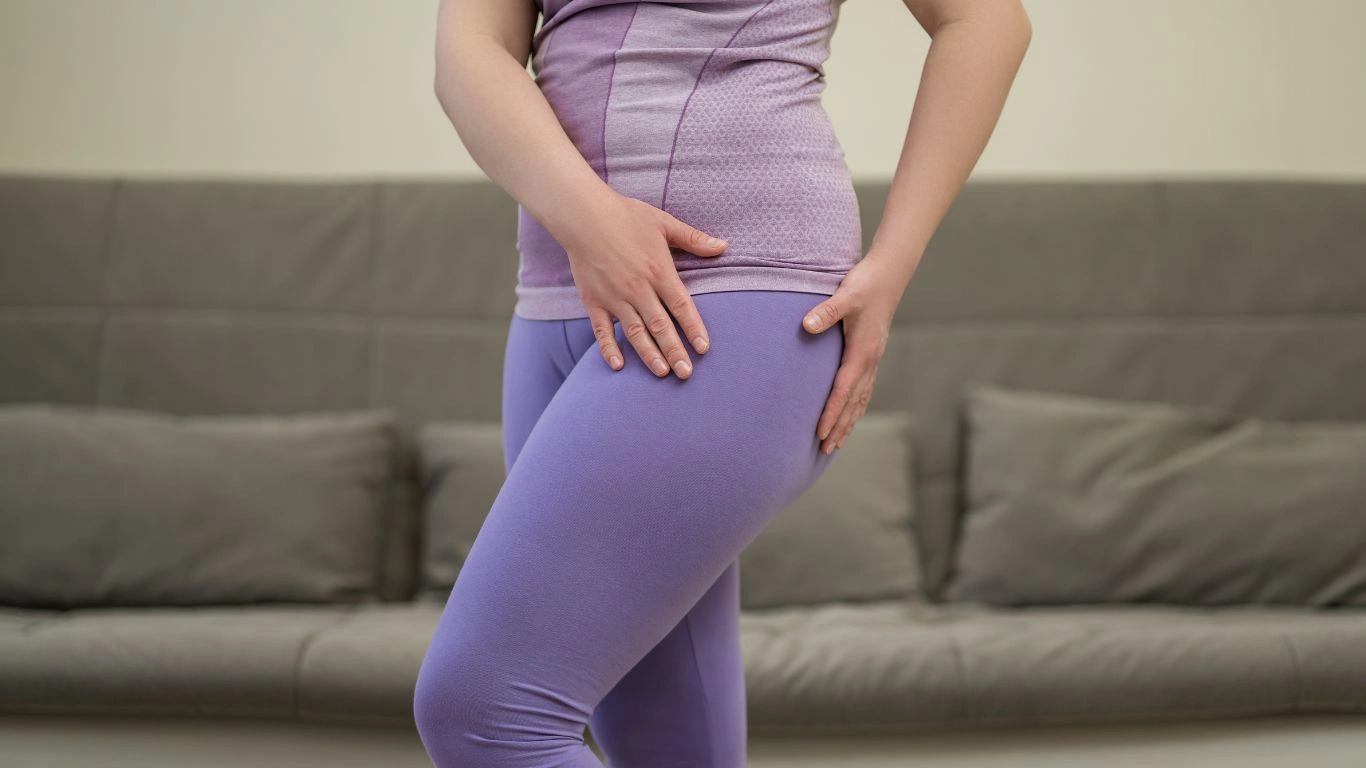
In my experience, combining medication with non-drug therapies can be a game-changer. It’s not always flashy, but it’s powerful. Simple things like physical therapy, custom orthotics, and foot-specific exercises can make a world of difference.
Custom Orthotics: Not Just Fancy Insoles
Let me be real here—those drugstore inserts? They might be okay for general foot fatigue, but they’re no match for RA foot deformities. If your midfoot is collapsing, or your toes are curling up like little claws, you need something customized. I’ve had patients who were skeptical at first, only to come back a month later and say, “Why didn’t I do this sooner?”
- Cushioning: Reduces pressure on painful areas
- Alignment support: Helps redistribute weight and reduce joint strain
- Fit modifications: Tailored to your exact foot shape and deformities
Physical Therapy: Retrain, Strengthen, and Stretch
Physical therapy isn’t just for post-surgical rehab—it’s incredibly useful for RA patients too. Strengthening muscles around weak joints, learning safe stretching routines, and even gait training can help prevent falls and improve your confidence.
I often refer patients to PT when they’re feeling stuck—when the pain is affecting their posture, their stride, even their balance. The improvement can be subtle at first, but over time, it adds up. More stamina, less swelling, and a lot fewer “bad days.”
Daily Tips From My Clinic to Your Routine
I’ve gathered so many little hacks from patients over the years—things they’ve discovered just trying to get through everyday life with RA in their feet. Some of these may seem small, but when you’re managing pain and inflammation daily, small wins count big.
Foot Care Tips I Always Recommend:
- Don’t go barefoot on hard surfaces: Even at home—wear supportive slippers or shoes
- Warm water soaks in the morning: Helps ease stiffness before starting your day
- Rotate shoes: Different pressure points give sore spots a break
- Check your feet often: Look for redness, swelling, or sores—especially if you’ve lost any sensation
- Keep nails trimmed: Ingrown nails can become a serious issue when RA affects the toes
And here’s a trick I learned from a long-time patient: freeze a bottle of water and roll it under your arches after a long day. It’s simple, it’s cheap, and it feels like a mini foot massage when your joints are angry.
Staying Ahead of Long-Term Complications
Here’s the reality—if foot problems from RA are ignored too long, you can end up with permanent changes that are much harder to fix. I’m talking about things like severe joint erosion, foot drop, or even needing surgery.
Some patients may eventually need corrective procedures, especially if deformities begin to interfere with walking or lead to frequent falls. The goal is always to avoid that if we can—but if surgery does become necessary, it’s not the end of the world. With good planning and rehab, many patients do well.
Early Warning Signs That Deserve Attention
- New or worsening swelling that doesn’t go away
- Changes in how your shoes fit
- Toe deformities that are progressing
- Increased numbness or tingling in the feet
These aren’t things to ignore or push through. If something feels off, don’t wait. A quick appointment could save you months—or years—of unnecessary pain.
Wrapping It All Up
If there’s one message I want you to take away, it’s this: your feet matter just as much as any other joint in your body. In fact, sometimes they tell the story of your RA before the rest of your body does. I’ve seen patients turn things around when they take action early—and that includes speaking up, being proactive with care, and making foot health a priority, not an afterthought.
Rheumatoid arthritis might be a long game, but you don’t have to play it alone—or in pain. Keep showing up for yourself, keep asking questions, and never be afraid to advocate for your comfort. Your feet carry you through life—they deserve the very best care.
References
- https://www.arthritis.org
- https://www.mayoclinic.org
- https://www.healthline.com
- https://www.ncbi.nlm.nih.gov
Disclaimer
This content is for informational purposes only and is not intended as a substitute for professional medical advice, diagnosis, or treatment. Always seek the advice of your healthcare provider with any questions you may have regarding your medical condition or treatment.

Tarra Nugroho is a dedicated Nurse Practitioner with a strong foundation in family and preventive care. She brings both compassion and clinical expertise to her practice, focusing on patient-centered care and health education. As a contributor to Healthusias.com, Tarra translates medical knowledge into clear, empowering articles on topics like women’s health, chronic disease management, and lifestyle medicine. Her mission is simple: help people feel seen, heard, and informed—both in the clinic and through the content she creates. When she’s not caring for patients, Tarra enjoys weekend hikes, plant-based cooking, and curling up with a good health podcast.
